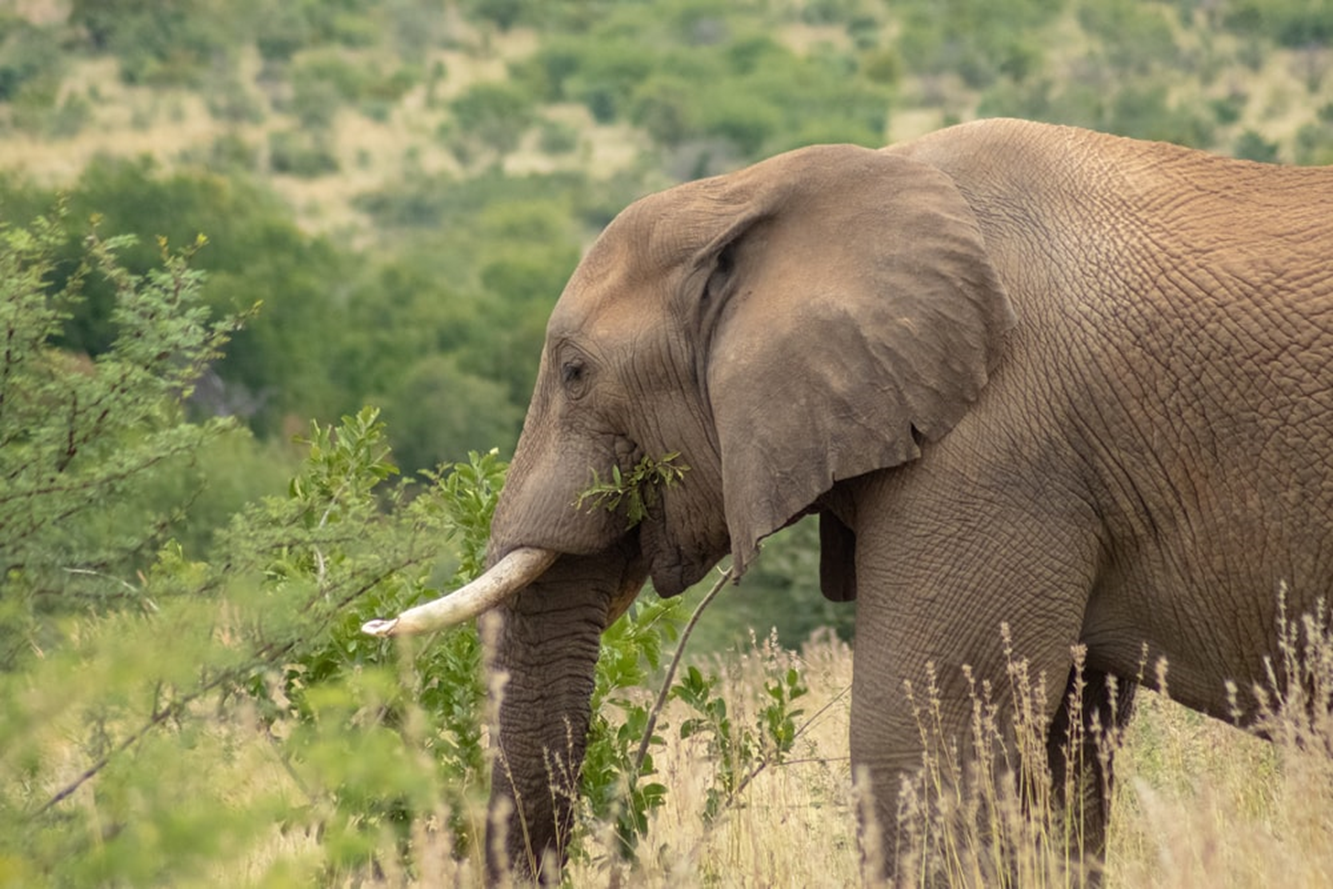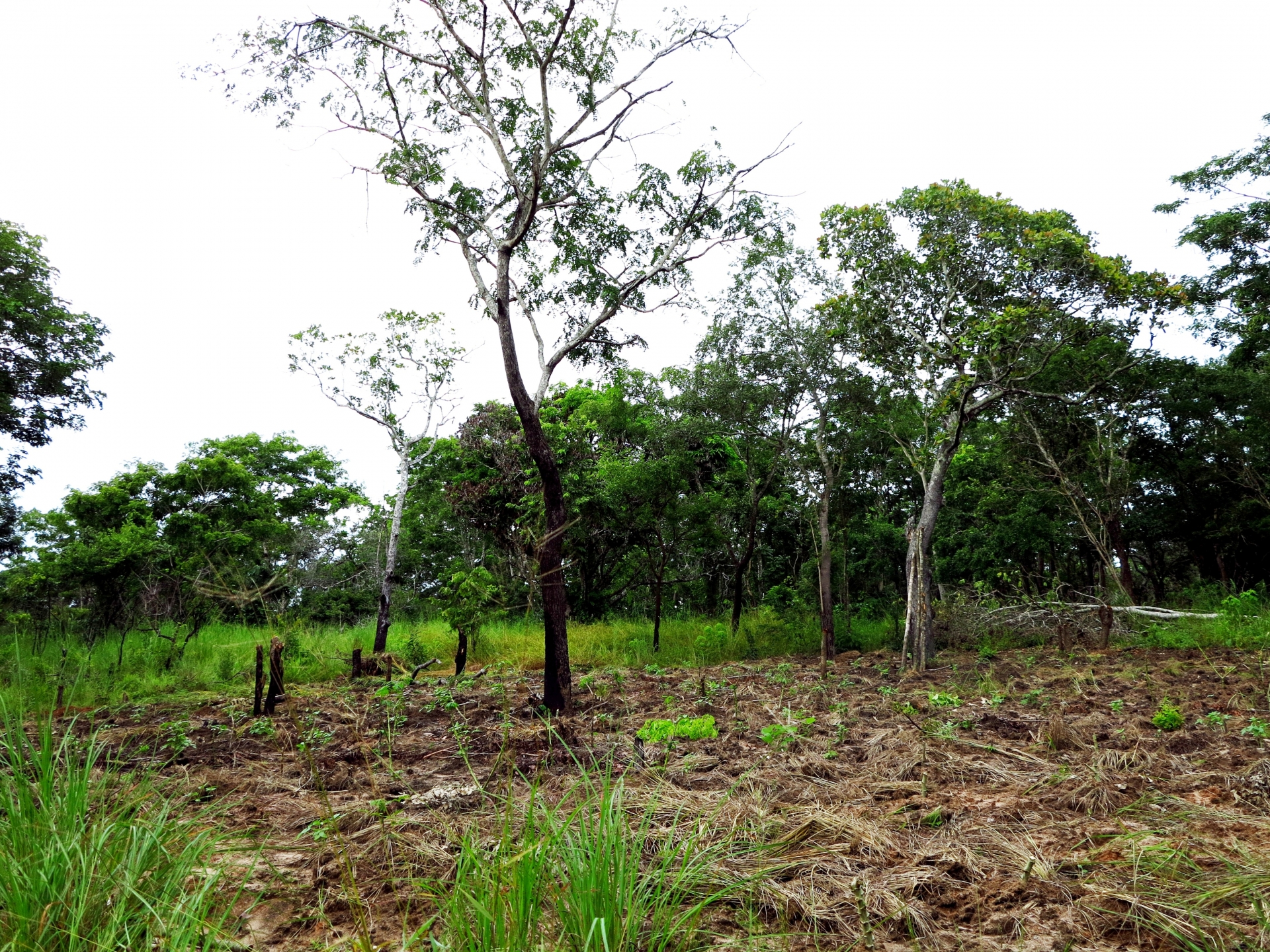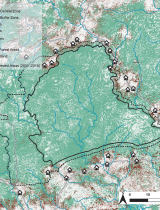

New scientific publication: forest regeneration in Miombo attracts elephants
A new article co-authored by Nitidæ members and our partners from CIRAD and Fondation François Sommer - Fondation Internationale pour la Gestion de la Faune (FFS-IGF) (co-manager of the Gile National Park in Mozambique where we are developing several projects related to agriculture, cashew production and the fight against deforestation, in particular RN Gilé) has just been published in the African Journal of Ecology.
Analysis of elephant preferences based on their movements
A small group of elephants persists in the National Park. The study shows that deforestation and the vegetation that follows the practice of slash-and-burn agriculture have an impact on the movements of these elephants. This was studied using GPS collars that some elephants, both male and female, have been equipped with in the Park for a few years, and the use of habitat selection models that show whether or not a type of land use is preferentially chosen by the GPS-tracked animals. The location of tracked elephants was cross-referenced with land use and deforestation maps produced by Nitidæ for the Gilé area and with free data from Global Forest Watch.

Relative preference (voluntary selection of habitat - differing from the time spent in this habitat), elephants for different land uses (crops, fallows in tree regeneration, dambo, forests, outside forests) and according to the seasons according to the outings of the habitat selection model
Towards management of forest degradation to keep elephants in the Park?
Unsurprisingly, elephants are attracted by fields under cultivation at harvest time. This is known by the farmers around Gile, some of whom have moved their fields because of too much depredation. The original finding of the paper is that elephants also seem to seek out areas of post-cutting forest regeneration. This could be due to the different floristic composition and the younger, softer vegetation that these herbivores like. The low elephant population in the Park would not allow sufficient impact on tree vegetation by thinning some plots through tree fall when elephant groups pass. Slash and burn agriculture would then play this role. In addition, frequent fires in the park would reduce the understorey vegetation also appreciated by elephants.

Opening of a field on the edge of Gilé National Park in Mozambique; these new fields, particularly appreciated by elephants, push them to leave the boundaries of the Park
Abstract of the paper:

